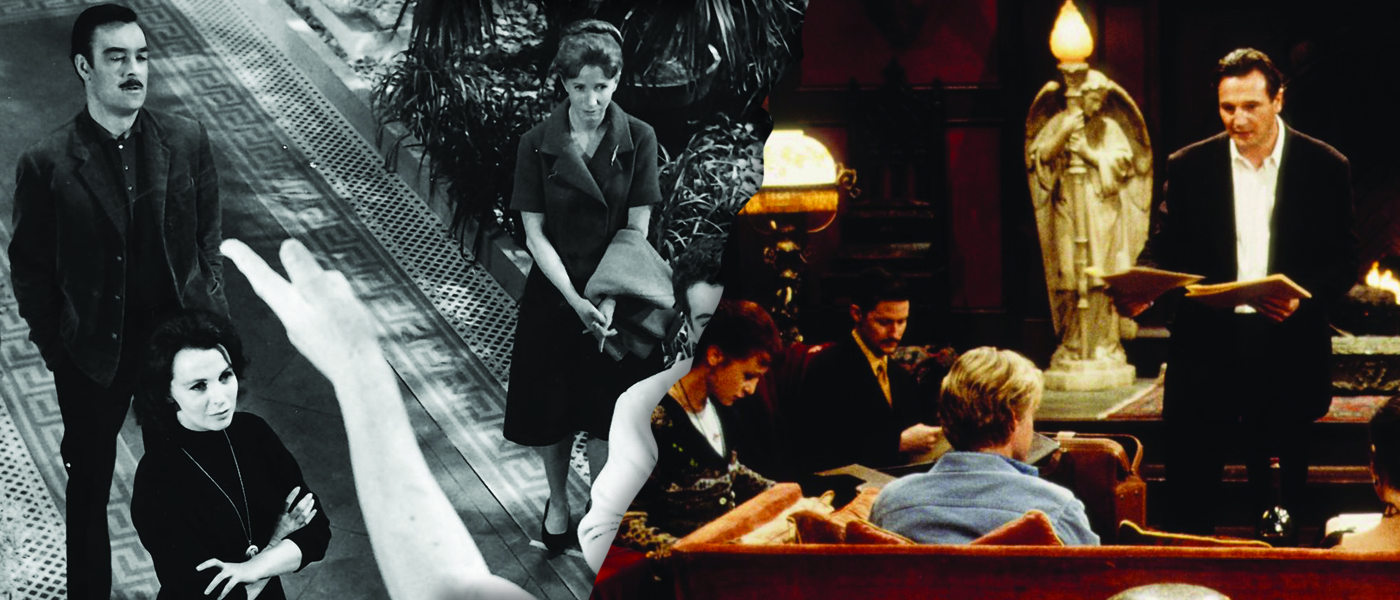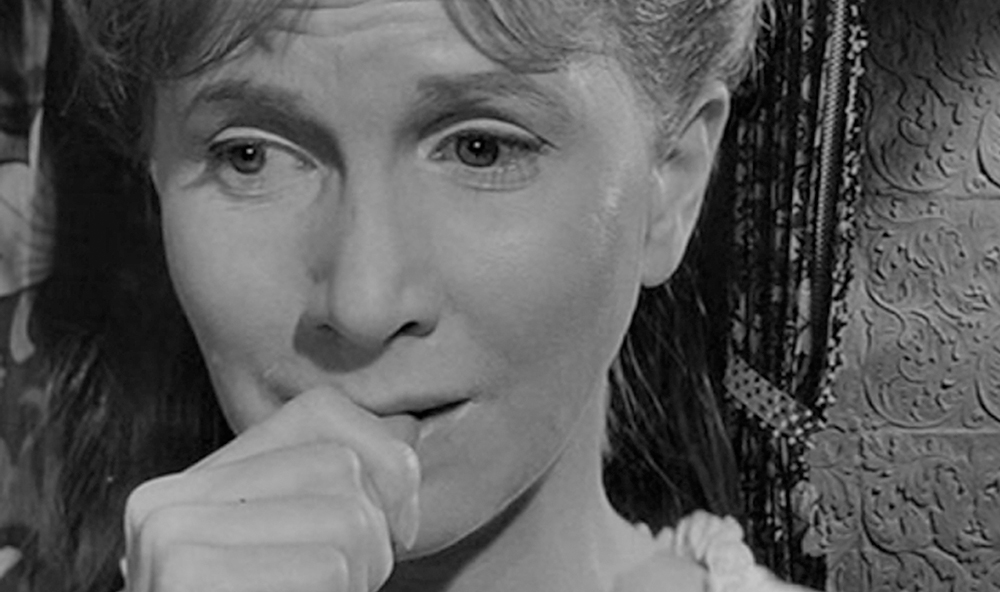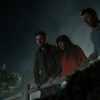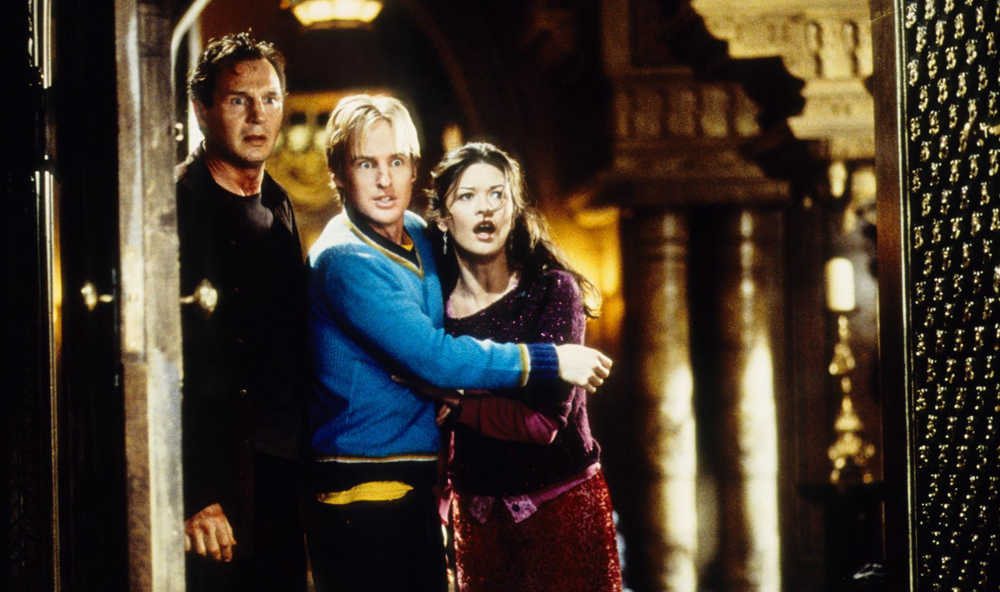The Haunting is based on the book by Shirley Jackson, who was involved in the production of the original film. Director of the 1963 version, Robert wise, was well known for his work in Horror (The Curse of the Cat People, The House on Telegraph Hill), Science Fiction (The Day the Earth Stood Still, Star Trek), Drama (Executive Suite, The Hindenburg) and, of all things, Musicals (West Side Story). As a matter of fact, his follow up to The Haunting was The Sound of Music. Not only did he call his experience on this film his ‘favorite filmmaking experience’, Wise went so far as to research haunted houses in England to use for the exterior shots of Hill House. He settled on Ettington Park, in case you want to check it out for yourself.
Like many truly terrifying movies, Hollywood felt the need to remake The Haunting. While this need sometimes leads to great reboots, such was not the fate of this movie. Perhaps the first indication of the 1999 The Haunting’s doom was the selection of director: rather than a versatile director with a huge range of skill (Wise), the audience was left with the product of a pure-action director. Jan de Bont had a mere three directorial credits to his name prior to this movie: Speed, Twister, and Speed 2. That list, combined with the movies he has directed since 1999 (only one: Lara Croft Tomb Raider: The Cradle of Life) says plenty.
Some of the scariest scenes from the original (including the fabulous opening sequence that explains the horrifying backstory of Hill House) were inexplicably left out of the remake, and replaced by CG effects that, while impressive for 1999, are not only painful to watch today but also an insult to the subtlety and psychological methods of the 1963 version. While the house was absolutely a main character in the original film, this was accomplished through unsettling camera angles, a wonderful score, and elements as simple as the print of the wallpaper in the bedroom (to this day, I can’t look at a textured or wallpapered wall without looking for faces in the patterns); de Bont unfortunately relied on literal manifestations emerging from walls and fireplaces.
Acting in the original was incredibly impressive – especially on the part of Julie Harris, who played heroine Eleanor. The original film also had one of the first overtly lesbian characters shown in a major motion picture, Theo, who was played expertly by Claire Bloom. The only ‘over the top’ acting probably could be attributed to Russ Tamblyn’s portrayal of Luke Sanderson, though the character was written to be rather obnoxious. Richard Johnson, as Dr. Markway, walked the line between scientist, ghost hunter, and almost a father to Eleanor. In 1999, Lili Taylor’s portrayal of Eleanor was one of the few elements of the movie that was not a disappointment. She captured the same lonely, desperate, mysterious nature that Julie Harris brought to the screen 36 years prior. Catherine Zeta Jones, Liam Neeson, and Owen Wilson rounded out the main characters without any noteworthy performances among them.
In short, I would be hard pressed to find two movies that fall so far apart on the spectrum of ‘great’ to ‘embarrassing’ horror films as the original and remake of The Haunting. This Halloween, please be sure to watch the original – maybe a couple of times – and skip that damn remake. If you don’t believe me, just ask Scorcese.





